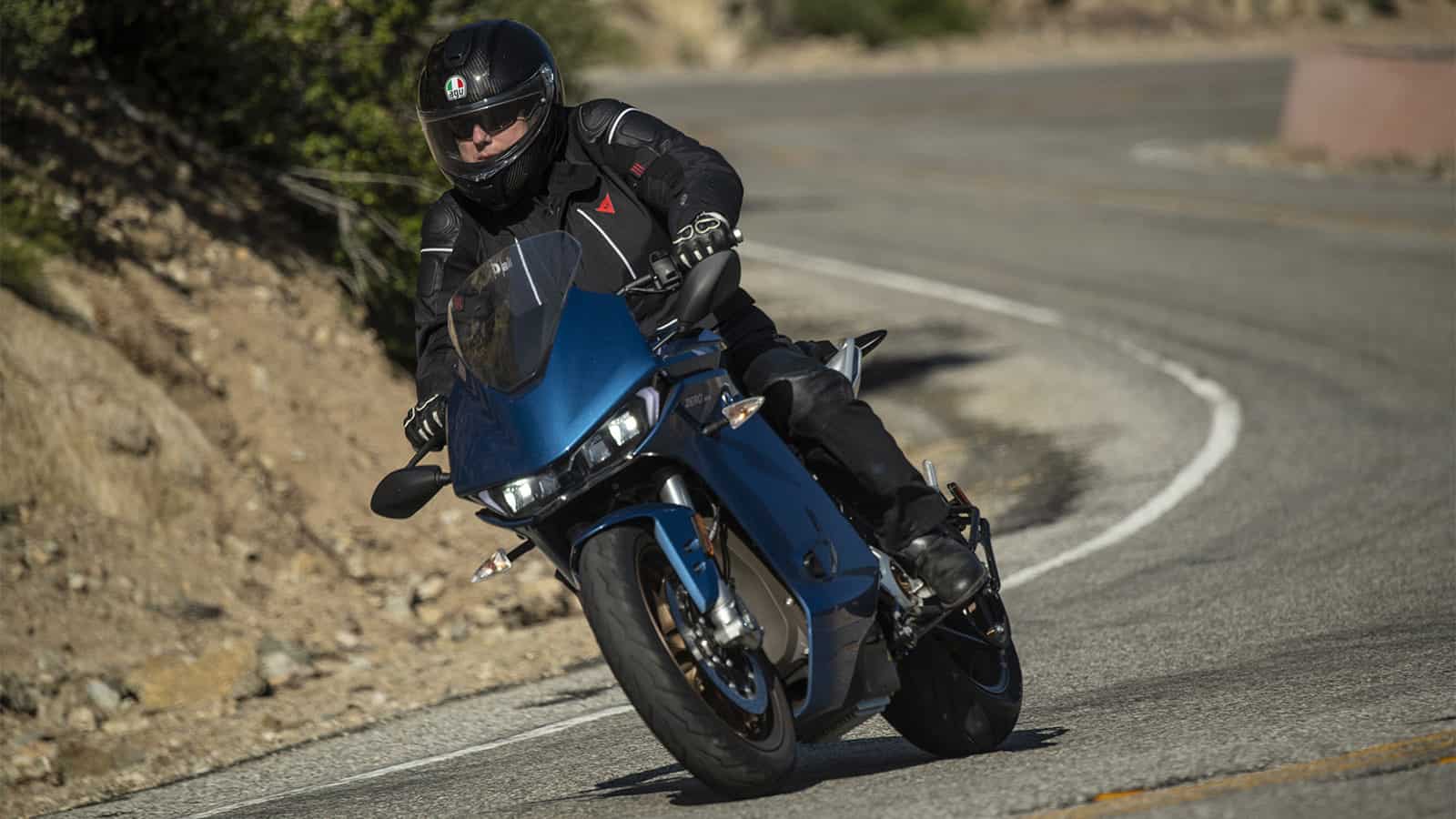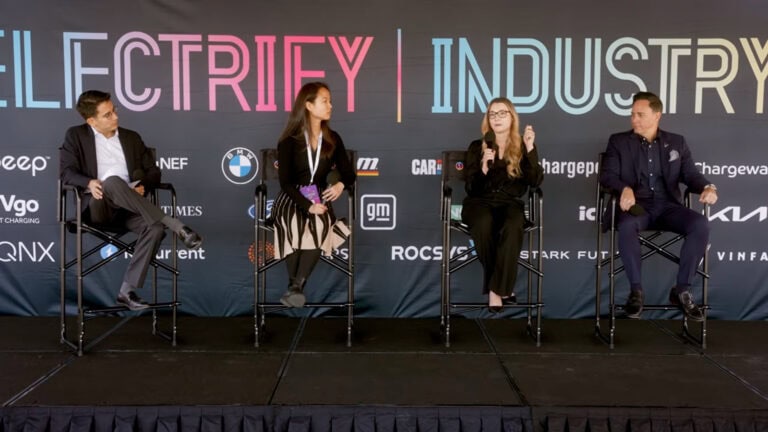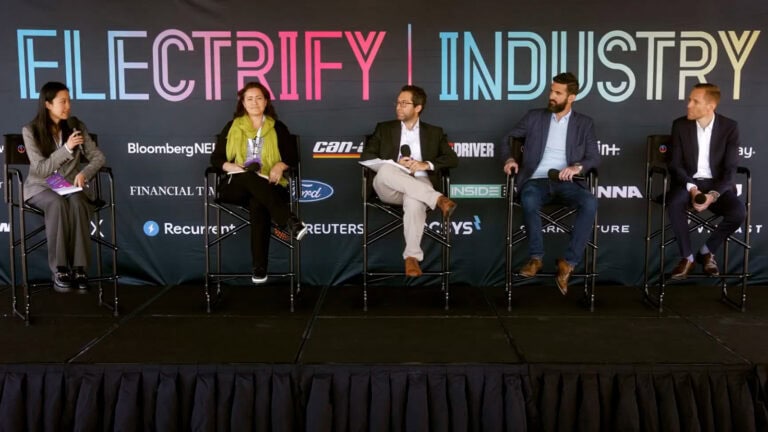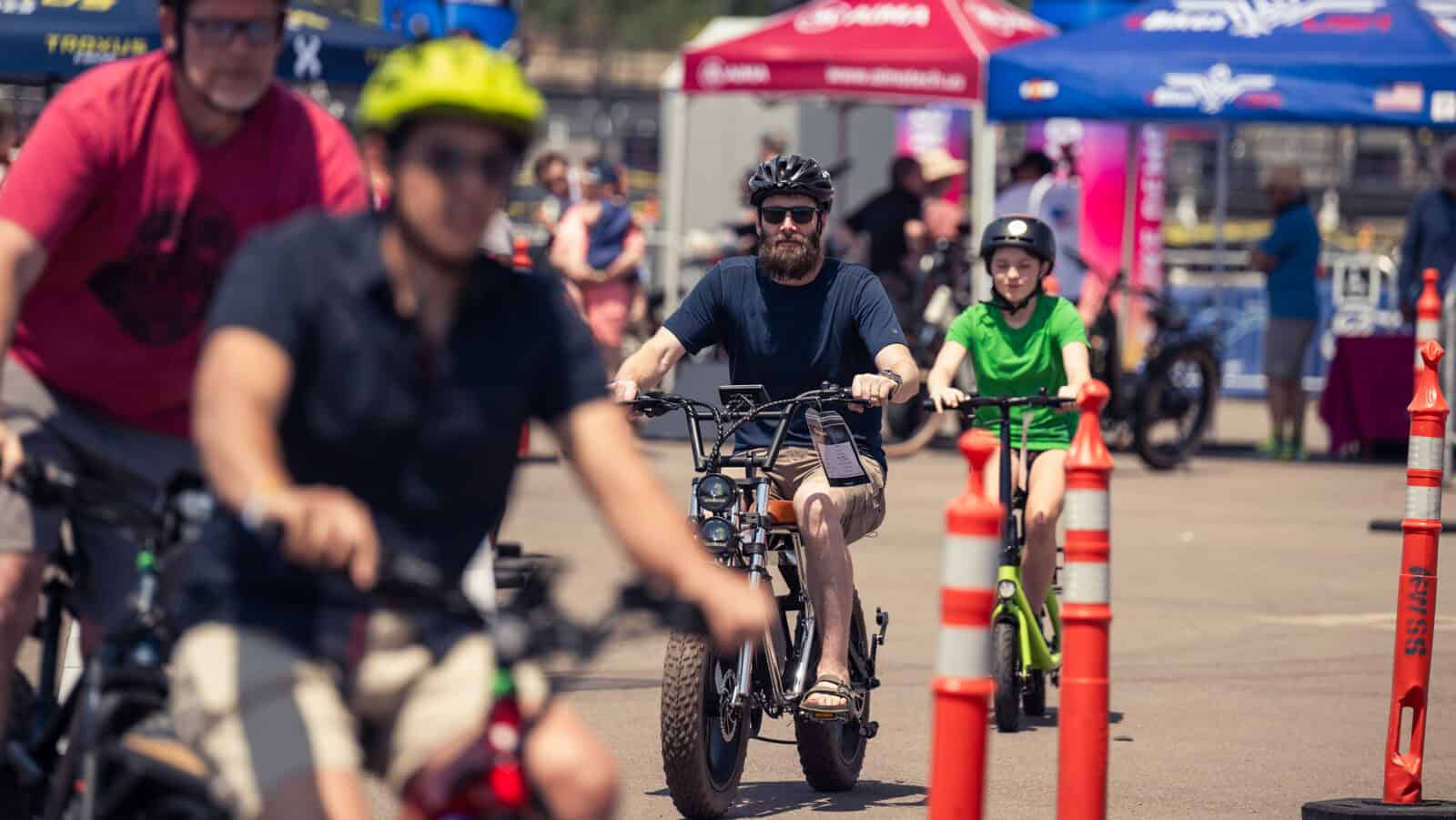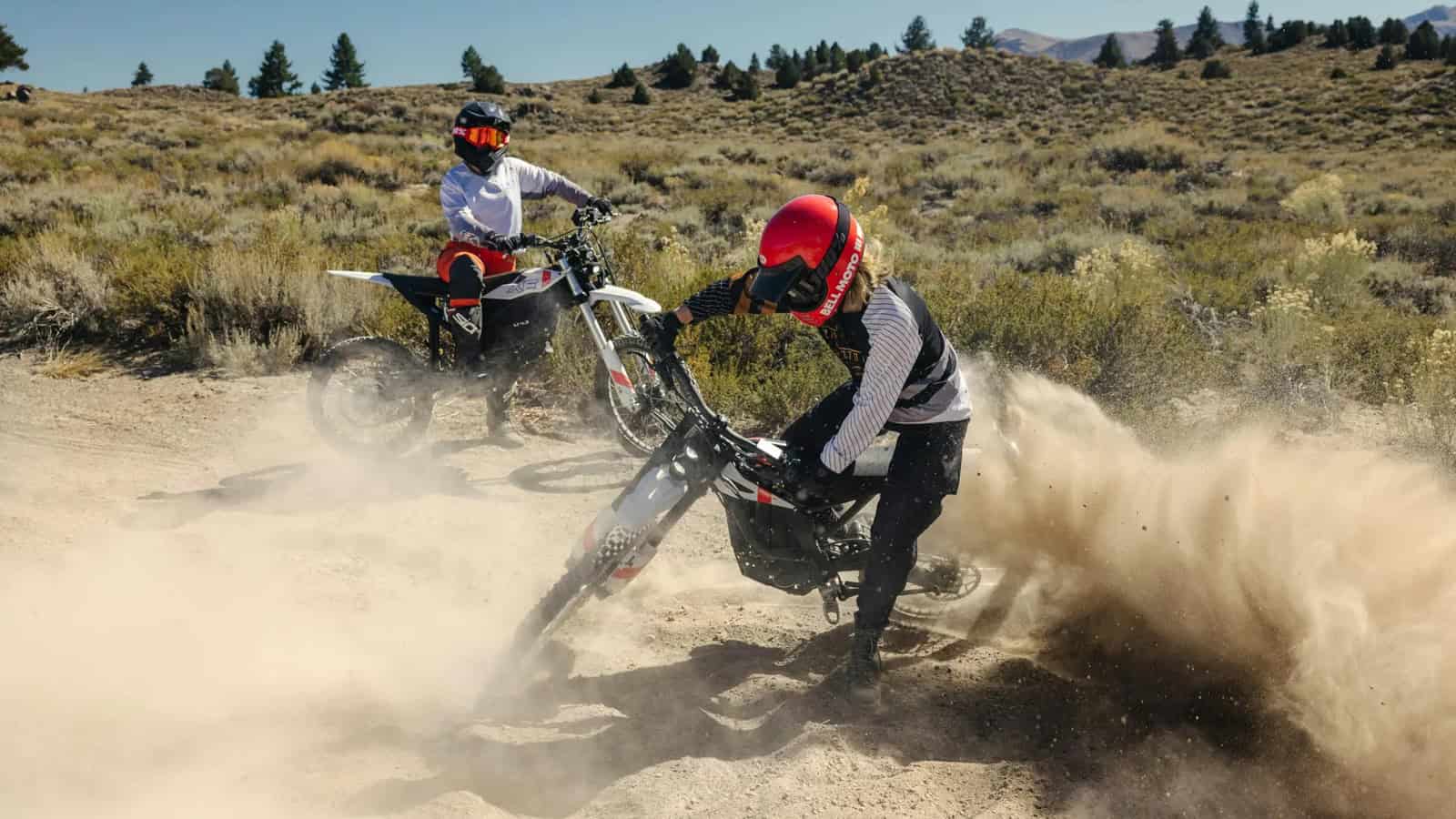- Electric motorcycles are regulated the same way gas-powered motorcycles are.
- Electric bicycles up to 28 mph are legal in most states and require no license.
- Out-of-class electric bikes often require a license and proper lighting.
Do you need a license for an electric motorcycle? The answer is yes, if you’re wanting to ride a full-size, full-power electric motorcycle like a Livewire One, Energica Ego or Zero SR/S. You won’t need one if you are wanting to ride a Class 1, 2, or 3 electric bicycle or any of the electric dirt bikes made for dirt trails only. I’ll go over the differences between the types of bikes.
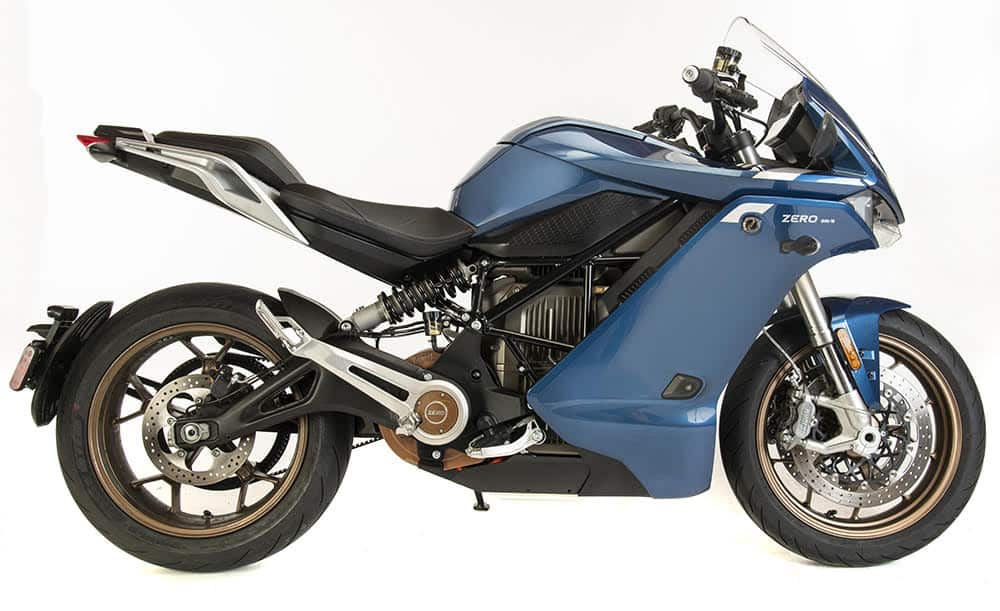
Electric Motorcycles
If you love riding motorcycles, as I do, you will need an M1 endorsement for your current driver’s license. You can get by going to your department of motor vehicles in your state and taking a written and riding test. There is also an M2 endorsement that only allows you to operate a motorized bicycle, moped, or bicycle with an attached motor (not needed for Class 1-3 electric bicycles).
However, I’d highly recommend taking a Motorcycle Safety Foundation course first, even if you are an experienced rider. I guarantee you will learn things you didn’t know if you’re a veteran rider, and if you’re a beginner, you’ll get started with good habits. They have a day in the classroom, then one to two days riding in a parking lot with low-displacement motorcycles. By the end, they give you a test, and if you pass that, you don’t have to pass the one at the DMV; you only have to then pass the written test.
Electric motorcycles are somewhat easier to ride than a traditional motorcycle, as the electric ones don’t usually have a gearbox, so there’s no clutch or shifting. They are orders of magnitude quieter, as well as simpler to maintain. They are incredibly powerful and some are insanely fast, like the Damon Hypersport, capable of 200 mph, which isn’t ideal for a beginner. Most have an “Eco” mode that not only uses less battery but accelerates much slower.
Most top-of-the-line electric motorcycles are heavy. When I tested the Zero SR/S Premium, it weighed in at 516 lbs. The Harley-Davidson LiveWire (now LiveWire One) weighs in at over 550 lbs. Contrasting this, the lower-end of Zero Motorcycles’ FXE model weighs in at about 288 lbs, a much lighter, nimbler, easier-to-control bike for a beginner.
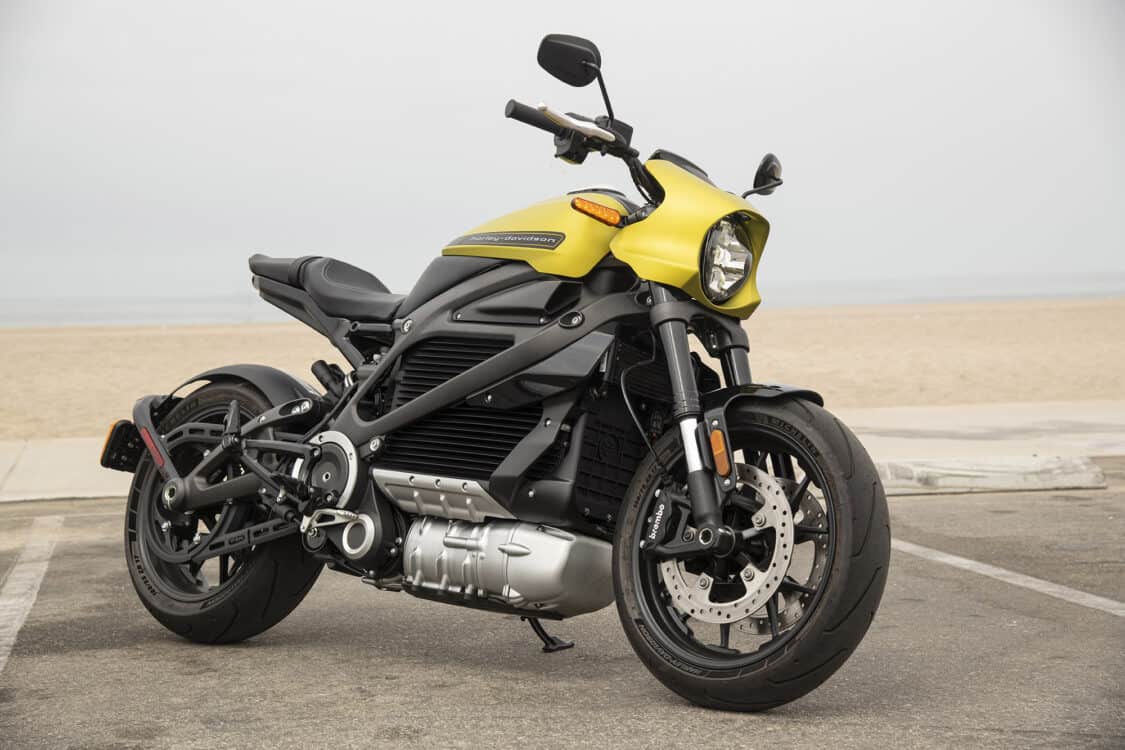
Electric Bicycles
Electric bicycles fall into three legal classes, which have been adopted by most states. Regardless of class, the highest wattage motor allowed is 750W (1 hp), with a few exceptions of states that allow up to 1000W. No license is required to ride these; however, there are often age limits. In most states, the minimum age is 16. It’s a very good idea for inexperienced riders to seek out a class on safe riding, as e-bikes are fast and heavier than traditional bikes.
PeopleForBikes, along with other companies within the electric bicycle industry, like Bosch, have lobbied state governments to enact the three-class system. California was the first to adopt it, and since then 38 other states have followed suit. Alaska and Rhode Island still define electric bicycles as “motorized vehicles” and may therefore require a license, insurance, and registration to ride.
Can you register a motorcycle without a license? Potentially, depending on the state you live in. But you definitely won’t be able to ride it, so it won’t be a street-legal electric motorcycle.
Class 1 is defined as pedal-assist only, up to 20 mph. Class 2 is pedal-assist or throttle, up to 20 mph. Class 3 is defined as pedal-assist, up to 28 mph, but in most states also allows for throttle-only up to 20 mph. Class 3 is allowed on bike lanes and in streets, but generally not on unpaved bike paths or trails. Many electric commuter bikes are Class 3.
In Europe, their equivalent to Class 1 is limited to 15.5 mph. Their Class 3 bikes are called “Speed Pedelecs” and require licensing to operate.
Other Types of Electric ‘Bikes’
There are plenty of bikes on the streets and trails that, by definition, are not legal. This can be out-of-class electric bicycles that go faster than 28 mph under motor power or have motors over 750W, or bikes like the Surron X or Segway X260.
It’s difficult to enforce the faster electric bicycles because usually, it isn’t obvious unless you catch them going too fast. Most law enforcement officers don’t know the difference outside of speed. The motorcycle-style bikes like the Surrons and Segways are easier to spot. In some places, they can actually be licensed as mopeds, sometimes being allowed to be used under a regular driver’s license, but often that still requires licensing, insurance, proper turn signals, and lighting, etc.
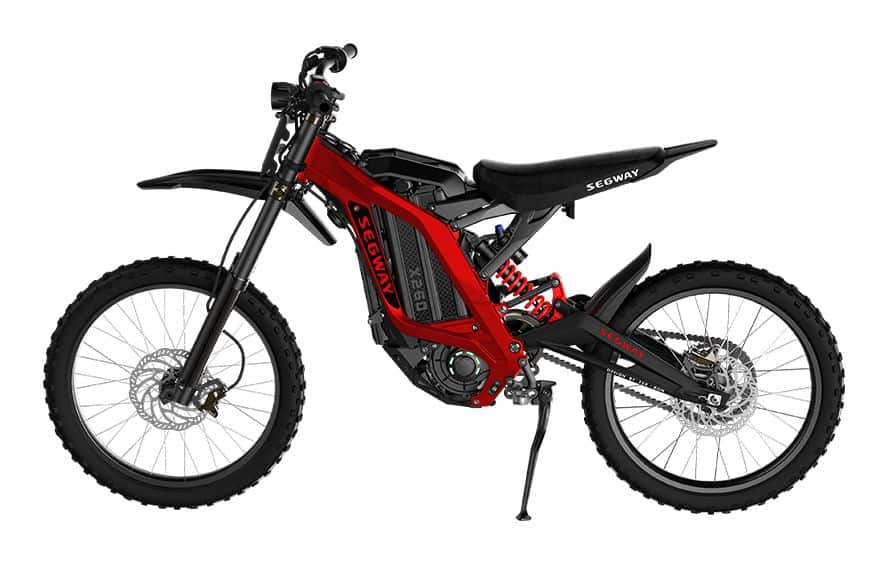
It’s still kind of the Wild West in most places for these bikes, with little enforcement. I don’t think that’s a great idea, because it can be dangerous, and that has closed many bike lanes/paths to any form of even electric-assist bikes in some municipalities.
If you’re thinking about getting an electric motorcycle, and you’ve never ridden a motorcycle before, go to your local DMV and get an instruction permit. With this, you will be able to test ride a motorcycle without having to go through the entire process of getting a motorcycle endorsement. Definitely take classes and there are plenty of informative videos on YouTube on safe riding techniques.
Even after you get your motorcycle license and start riding, consider taking advanced rider training courses to learn to be a better, safer rider on your new electric motorcycle. You’ll have even more fun when you ride!

SOURCE | IMAGES: TONY DONALDSON
FTC: We use income-earning auto affiliate links. Learn more.


